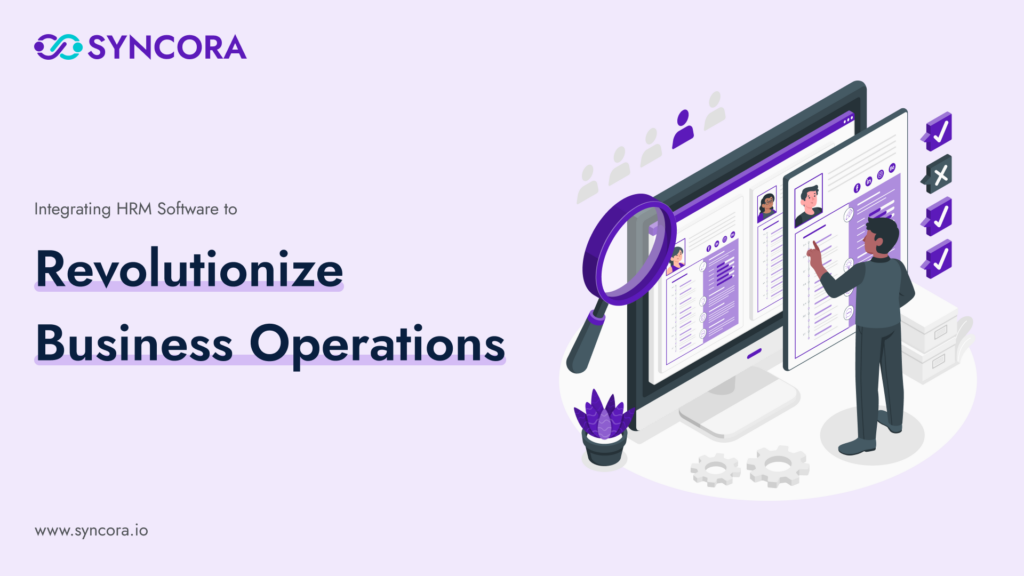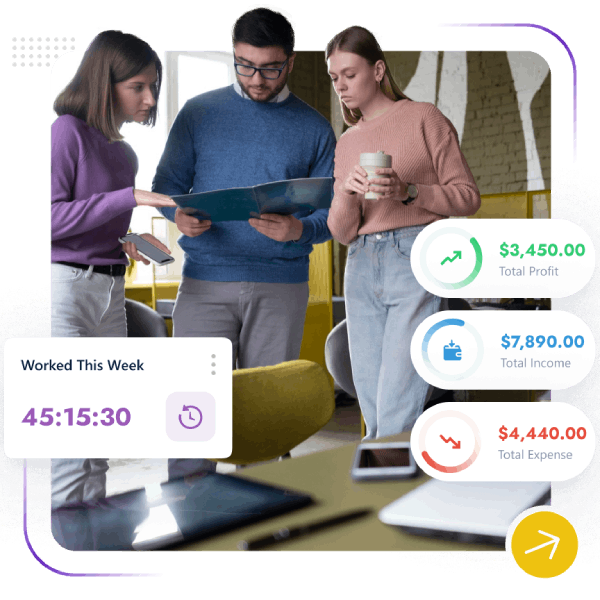Businesses today recognise the crucial role HRs play in increasing productivity at workplaces and bringing value. A recent survey reveals that about 82% of HR business professionals invest in the latest HRM software solutions to optimise their talent acquisition process.
As businesses expand, their tasks become time-consuming, complex, and difficult to manage.
Have you ever wondered how HRs manage numerous teams working in an organisation simultaneously?
That’s where advanced HRM software solutions come into play.
In this blog, we have discussed how integrating modern HRM or HRIS software benefits businesses.
HRM Software: An Overview
Human Resource Management System (HRMS) is software or a suite of programs that enables organizations to manage and systematize their human resources. It streamlines and automates various HR responsibilities and fast-paces multiple work processes.
HRMS acts as a centralized cloud-based platform that allows managers to perform a vast range of HR activities while saving time and maintaining accuracy. Besides increasing work efficiency, it also assists managers in achieving their organizational goals easily.
Before I delve into how the integration of HRMS fast paces the workflow in any business, here are some striking benefits of using HRM software that are worth mentioning.
- HRMS offers better security protocols for sensitive employee data, ensuring confidentiality and protecting the company from data breaches.
- This software grows with your business, providing tools to manage an increasing number of employees without overwhelming HR resources.
- It’s your one-stop solution for all HR activities. Starting from hiring employees to tracking their performances every day, it makes the work of HR professionals much easier.
- All businesses, regardless of their size can use HRMS software for a smooth functioning.
- Not only does it help automate manual tasks, it reduces the chances of errors and paperwork, thus reducing administrative costs in the long run.
- By storing employee data in one place, HRMS allows easy accessibility. It also provides accurate, up-to-date information for better decision-making.
- It is important to be clear of your organizational goals to make the most of any human resource management software.
How HRM Software Helps Facilitate HR Processes?
Previously, the task of managing a team in any organization was done by HR professionals. Tasks were handled manually, which increased the chances of errors and inaccuracy.
However, with the latest HRM tools available in the market, managers now automate the day-to-day responsibilities of employees. This allows the company to focus more on assessing the performances of each employee, identifying their shortcomings, and coming up with strategic growth development plans for the organization.
Are you eager to know how using integrated business solutions like Human Resource Management (HRM) can give businesses an upper hand?
Keep reading below to find out.
Conduct Successful Onboarding for Fresh Candidates
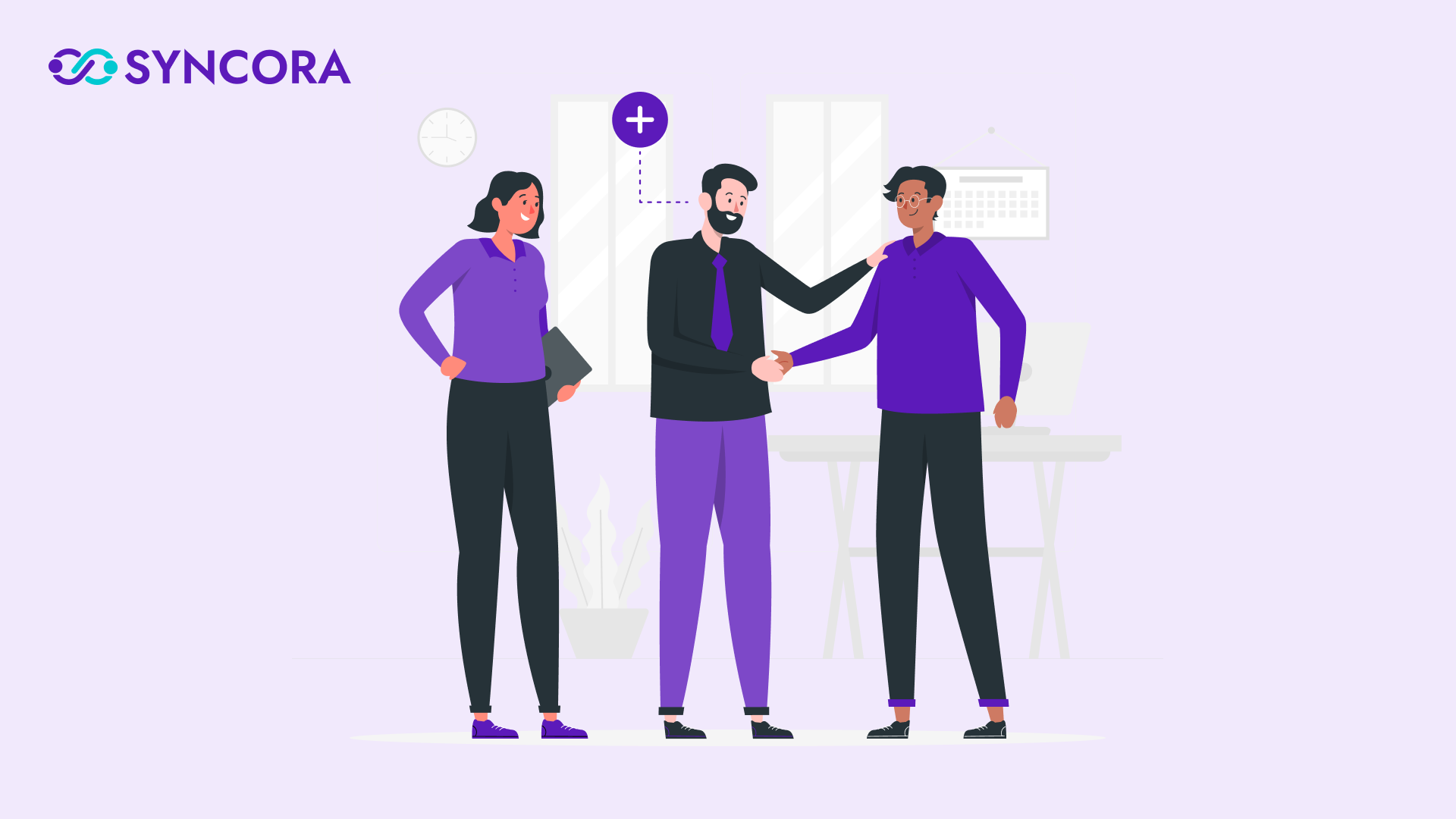
Multiple studies have confirmed that successful onboarding increases employee retention by 82% and fosters productivity by 70%. This data highlights the importance of conducting proper onboarding sessions for fresh candidates.
- Using the latest HRM tool can streamline the onboarding process by allowing candidates to access useful information like company guidelines, training materials, questionnaires, job roles, responsibilities, etc. in one place.
- It sends freshers digital welcome packages that include company policies, workplace guidelines, and orientation materials.
- The system assigns onboarding tasks like creating new email IDs, signing in to their system, or scheduling meetings with team members. It can also track the completion of the assigned tasks.
- Employees can get access to training modules, orientation videos, and e-learning courses on the software for a better understanding of their role and the company’s operations.
- The system facilitates smooth communication between HR, managers, and freshers, keeping everyone in the loop about onboarding progress.
- HRMS collects feedback from new hires to continuously improve the onboarding process and address concerns, if any.
All the above-mentioned features make newcomers feel comfortable at work while preventing them from feeling confused and lost.
Keep Employee Information Safe
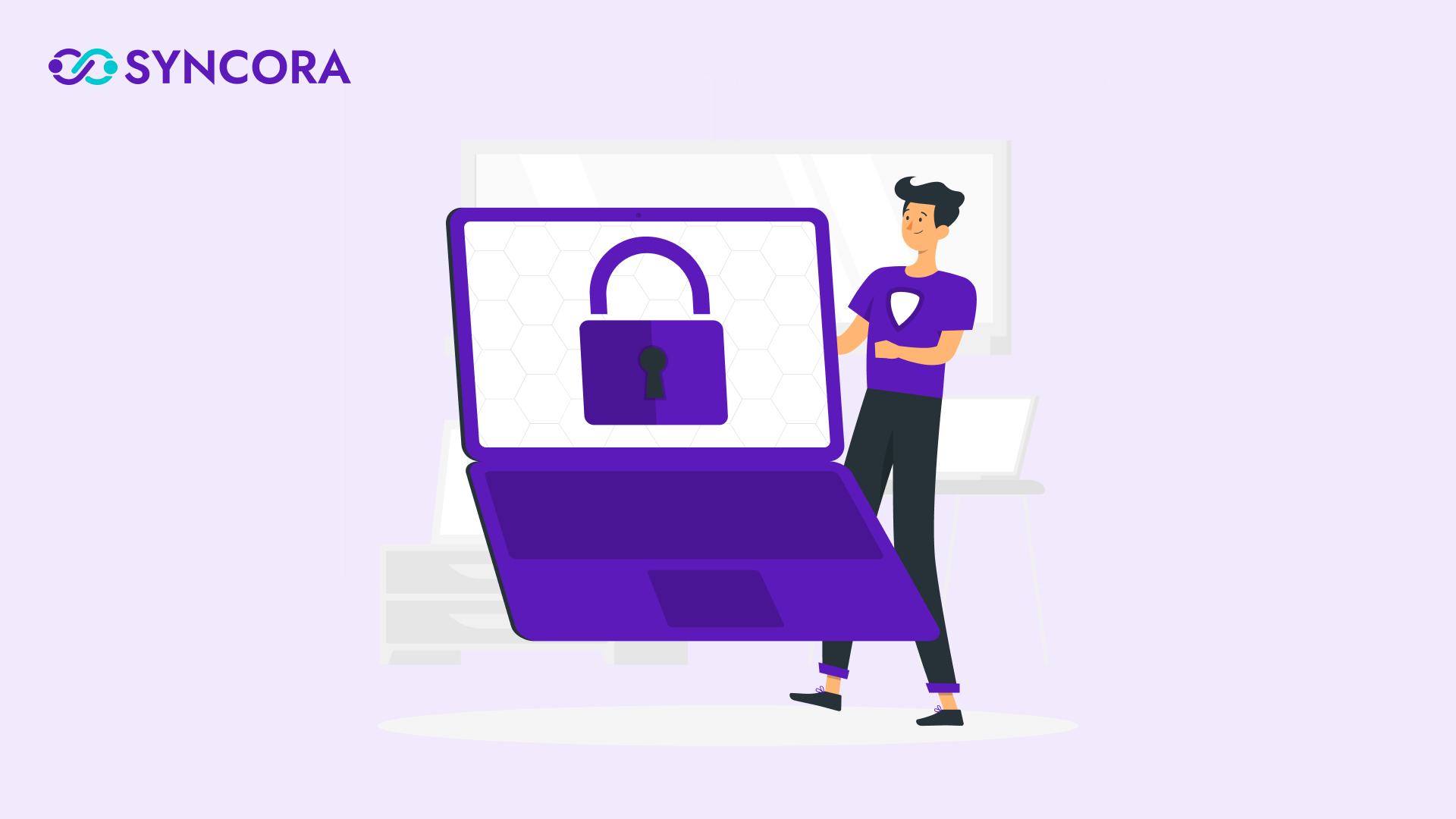
Earlier, companies used to store paper documents of their employees in multiple files.
It was inconvenient because a lot of times, finding the right document from the heap of papers became difficult. Also, there were high chances of misplacing the papers.
So, how do managers address these issues nowadays?
Well, they use effective and affordable human resource management (HRM) software to store, manage, and access employee details anytime, anywhere.
- Besides protecting sensitive information with biometrics or passwords, these software even allow managers to restrict their accessibility to prevent scams and fraud cases.
- HRMS implements Multi-Factor Authentication or MFA, adding an extra layer of security by requiring users to verify their identity with multiple credentials.
- The system regularly backs up data to keep employee information safe and recoverable in case of system failures or data breaches.
- HRMS keeps detailed logs of who accessed or modified employee records. This helps in tracking any unauthorised actions and maintaining accountability.
Employee Training

Ever since fresh employees join an organisation, there is no end to learning new skills. Upskilling is an important aspect of their professional careers.
To help HRs monitor and manage multiple training programs, every HRMS or HRIS now comes with a Learning Management System. The LMS helps managers keep track of every employee’s performance and find out if anyone is lagging.
- It stores all training materials in one place, making it easily accessible for employees.
- Training sessions are automatically scheduled on the LMS. Employees are notified about the same from time to time.
- HRMS monitors and tracks the completion of training modules, offering insights into an employee’s learning progress.
- The LMS also allows for post-training assessments and gathers feedback from employees to improve future training sessions.
- The software provides detailed reports on the performances of employees during their training, allowing employers to assess the effectiveness of the training sessions and come up with better development strategies.
Therefore, the integration of effective human resource management software not only facilitates the learning of new candidates but also increases employee engagement, thus proving beneficial to the organization as a whole
Performance Assessment
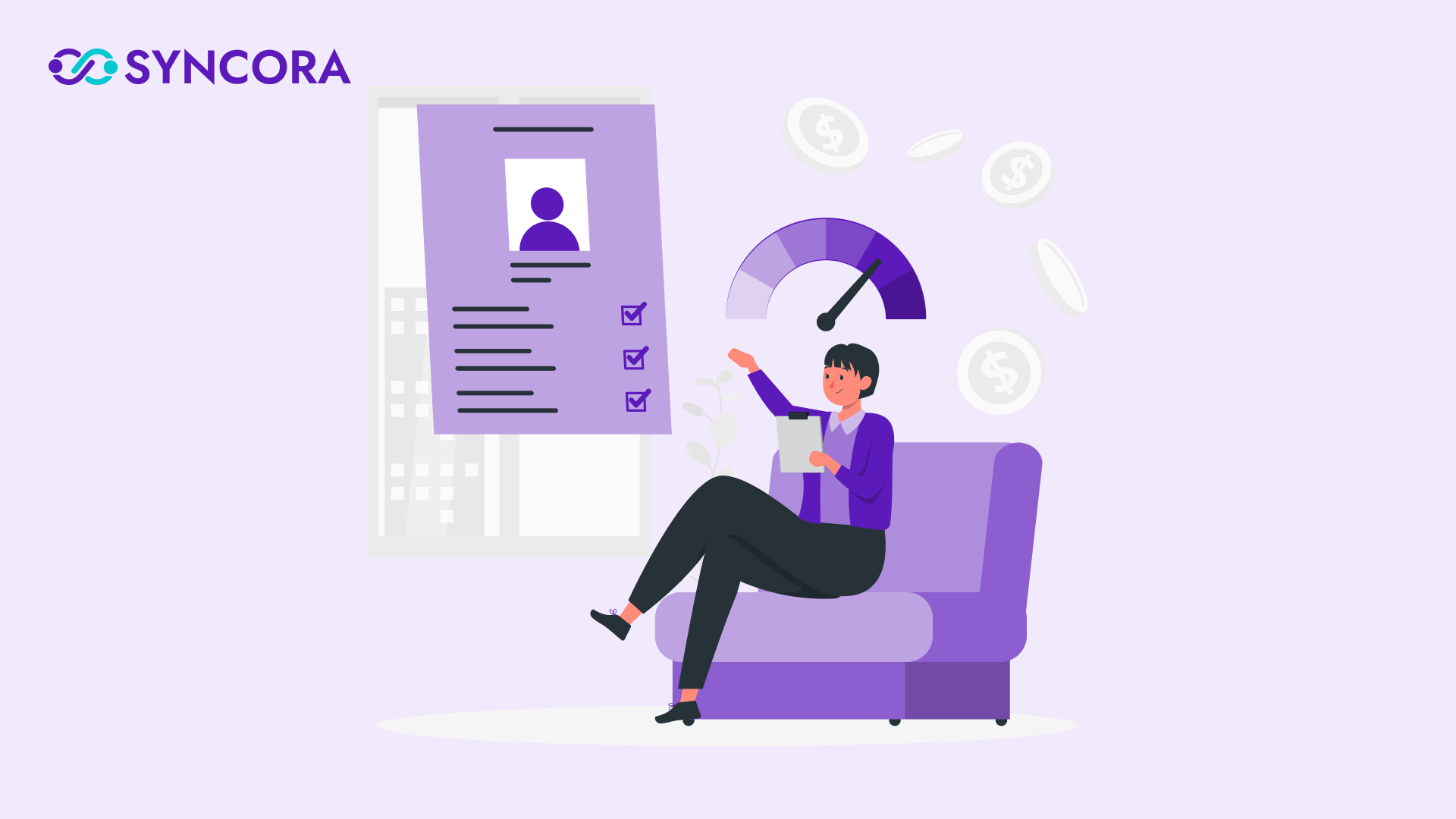
Employees need to be rewarded for the efforts they put in. For an unbiased, objective appraisal of every employee, managers need accurate data that is provided and stored by integrated business solutions, such as HRMS.
Modern digital HRMS provides innumerable assessments to analyse the skills and abilities of employees and evaluate their performances. This helps managers grant them the reward they deserve.
- It allows managers and employees to set clear, measurable goals and track progress throughout the review period.
- HRMS facilitates multi-source feedback from peers, supervisors, and subordinates, providing a comprehensive evaluation of an employee’s performance.
- HRIS tracks key performance indicators (KPIs) and other metrics, giving information about employee productivity and growth.
- Performance assessments can be integrated with compensation management, to ensure that rewards and bonuses are given to deserving candidates.
Track Attendance of Employees

Every Human Resources Information System allows HRs to onboard employees and track their performances.
That’s not it! There’s more!
These tools also enable them to check every employee’s attendance and leave with utmost accuracy.
In fact, for the convenience of users, the data can be filtered and exported in numerous formats!
HRM software solutions ease the process of getting employee leaves approved. Now, employees can quickly apply for leave by using such user-friendly software and even check their approval status online.
- It automatically records employee sign-in and sign-out times, maintaining accurate attendance. For precise tracking, some HRMS also offer biometric recognition of the employees.
- Managers can monitor employee attendance in real time, enabling quick actions for absences or late arrivals.
- HRMS tracks leave vacations, and sick days, ensuring all absences are recorded and payments are calculated accordingly.
- One of the best things about using this software is that it generates reports on absenteeism patterns, helping HR identify unprofessional employees and take appropriate actions against them.
- For remote or field workers, HRMS can track attendance using GPS or location-based systems.
HRM Software: A Game Changer for Your Business
The best part about integrating HRM software is that it helps eliminate labor-intensive, time-consuming HR tasks such as manual data entry, file searches, etc.
The best HRM software also facilitates better decision-making by providing employers with accurate information and statistics about employees, allowing the former to identify areas that need more attention and improvements.
If you are in search of an adaptable HRM solution, make sure the software is user-friendly, and scalable and ensures data security of its users.
Head to Syncora’s website to get in-depth details of their comprehensive business management software. The best part about their product is that it’s customizable! Users can easily upgrade it to embrace the latest market changes and keep up with changing times.
Not only is it affordable but also comes with innumerable features. Its project management system is worth noting. The good news is that their CRM integrated with the HRMS is coming soon!
What are you waiting for? Get ready to propel your business to heights today!
